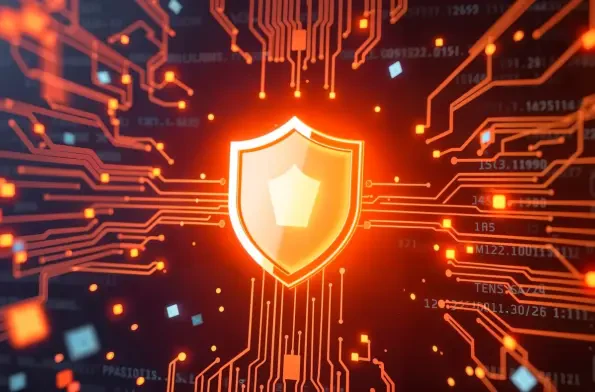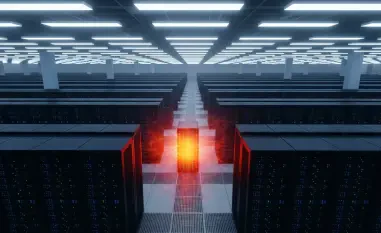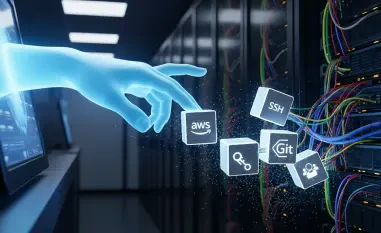In a world where technological novelties emerge at breakneck speed, the paramount importance of fire safety systems remains undiminished. The CS5000 Fire Panel, by Consilium Safety, has long been a stalwart in operational technology and industrial control systems landscapes, ensuring the safety of vital infrastructures, such as healthcare and transportation. Yet, its legacy standing also attracts significant scrutiny, highlighting vulnerabilities that call its future viability into question.
Unveiling Critical Vulnerabilities
Recent evaluations have uncovered concerning flaws within the CS5000 Fire Panel, primarily associated with security vulnerabilities named CVE-2025-41438 and CVE-2025-46352. The former highlights the issue of an insecure default account. Despite lacking root access, this account possesses high-level permissions, thereby opening avenues for exploit-based performance degradation. Additionally, efforts to modify these settings often fail due to uniform configurations across varied installations, drawing attention to user oversight.
On the technical front, CVE-2025-46352 introduces risks via a hardcoded password within the Virtual Network Computing (VNC) server, a vulnerability bearing high criticality scores. This flaw allows unauthorized access, presenting a danger that could potentially bring operations to a standstill, illustrating the real-world and potentially devastating ramifications if exploited.
Shifting Industry Trends
Consilium has approached these vulnerabilities by advising existing customers to upgrade to models produced after July 1, 2024, where designs incorporate security innovations reflective of modern standards. This recommendation signifies an industry trend where legacy systems are phased out in favor of newer technologies offering fortified security. Yet, this shift underscores a predicament for organizations tethered to existing systems, where operational disruptions and costs posed by immediate upgrades become pressing challenges.
Despite the company’s stance, the broader cybersecurity landscape reveals a significant disconnect when addressing OT and ICS-related vulnerabilities. These environments are prime targets for cyberattacks, and older technological frameworks often involve gaps, leaving essential systems vulnerable to disruptions. CISA advocates mitigation measures, urging organizations to adopt enhanced security frameworks while leaving manufacturers the responsibility of long-term product support improvements.
Evaluating Real-World Implications
Across various sectors, the deployment of CS5000 panels signifies their indispensable nature. The panels’ primacy in healthcare and governmental settings accentuates the potential repercussions when security vulnerabilities remain unaddressed. In transportation and other critical sectors where safety assurance cannot be compromised, the pressing need for secure panels remains paramount.
The reliance on continued system upgrades forms an enduring challenge. Organizations struggle with balancing budgetary constraints against the pressing need for cutting-edge technology, often wrestling between safeguarding their infrastructure and maintaining cost-effective operations.
Navigating Challenges and Future Directions
The industry faces a significant dilemma given fire panel security concerns—a focus on technical, regulatory, and market challenges becomes crucial. Assessing the consequences of unremedied flaws shows that continued updates are indispensable for sustained confidence in infrastructural safety solutions.
Consilium’s path forward explains the broader future of fire panel technology, highlighting anticipated advances where commitment to security aligns with progressive technological breakthroughs. With modern systems often providing the groundwork for future innovations, the trajectory of fire panel technology reveals a promising, albeit demanding, evolution.
Conclusion and Future Outlook
The CS5000 Fire Panel review underscored critical security vulnerabilities that prompted an industry-wide reevaluation of legacy system management. It articulated the importance of vigilant cybersecurity measures, urging stakeholders to update infrastructure while accommodating technological shifts. A focus on long-term development efforts continues to promise increased resilience, ensuring essential systems for public safety adapt alongside evolving cyber threats and technological progress.













